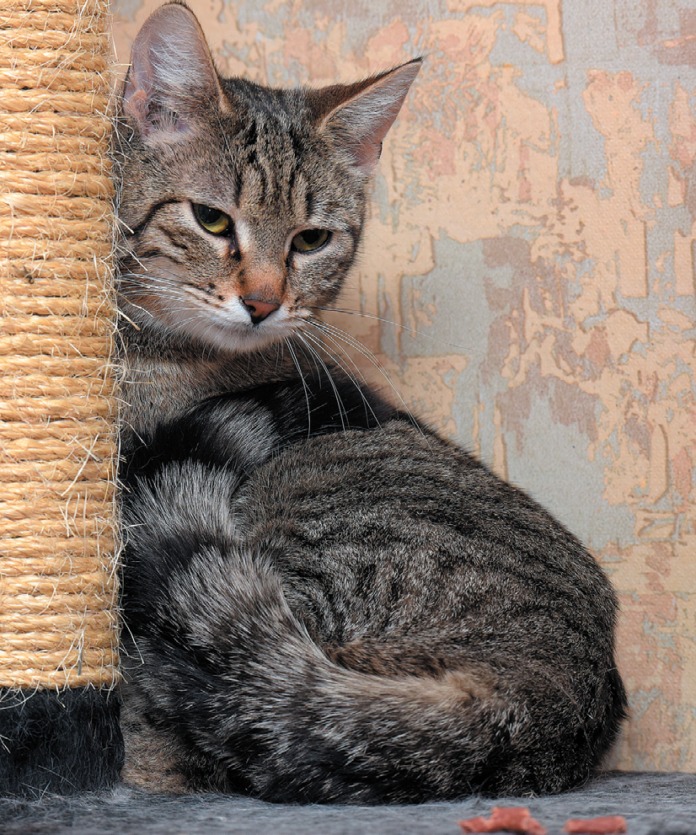If your cat is older than 15, you should be taking him to the veterinarian for a wellness exam not twice a year but three times, or every 4 months. That’s the latest advice from the American Association of Feline Practitioners (AAFP), a cat-centric veterinary organization that has just come out with new guidelines for feline senior care, which hadn’t been updated since 2009.
Cats 11 through the age of 15, also considered “seniors,” should continue having vet visits twice a year. “Cats age at a much faster rate than humans,” the guidelines say, which is why health assessments should be made more frequently as they grow older. A yearly medical exam for a person translates to a medical exam for an old cat every 10 to 11 weeks. (That would amount to five veterinary visits annually, but the AAFP realizes that’s not practical.)
Other updates in the new guidelines:
- Veterinarians should assess older cats for frailty, now considered a syndrome. More common with advancing age, frailty signifies a decreased functional reserve that leads to a decline in both physiologic and cognitive performance and a greater vulnerability to adverse medical outcomes. An assessment of frailty can help inform the type and intensity of treatment a cat receives for various illnesses.
- Because senior cats often deal with one or more sources of chronic pain, veterinarians are encouraged to think of pain as a disease in itself. That way, it will not be overlooked in treatment.
- Ideally, longer veterinary appointments should be scheduled for senior cats than for younger ones, and cat owners should be encouraged to take videos of their pets at home so that the doctor gains a better idea of mobility and overall quality of life.
- Examinations begin at home. If a cat is forced into a carrier or swung by the handle, he may have motion sickness, temporarily elevated blood pressure, or other signs of stress that could interfere with the veterinarian’s findings and even with the results of blood tests.
- Owner observations at home can help pinpoint illnesses. The guidelines show a photo of a cat sitting with his leg extended in an unusual position (a subtle shift). It helped the vet diagnose and subsequently treat degenerative joint disease.
While the guidelines are intended for veterinarians, they contain a wealth of information useful to owners, including but not limited to a chart that shows how to identify subtle signs of pain that might otherwise be missed; a frailty scale; possible reasons for feline constipation; an owner checklist for detecting degenerative joint disease; 10 questions for helping to determine if your cat is suffering cognitive decline; and changes you can make in your home to improve your older cat’s quality of life. Surf to catvets.com and click on the “Practice Guidelines” tab. From there you’ll find “2021 Feline Senior Care.”




